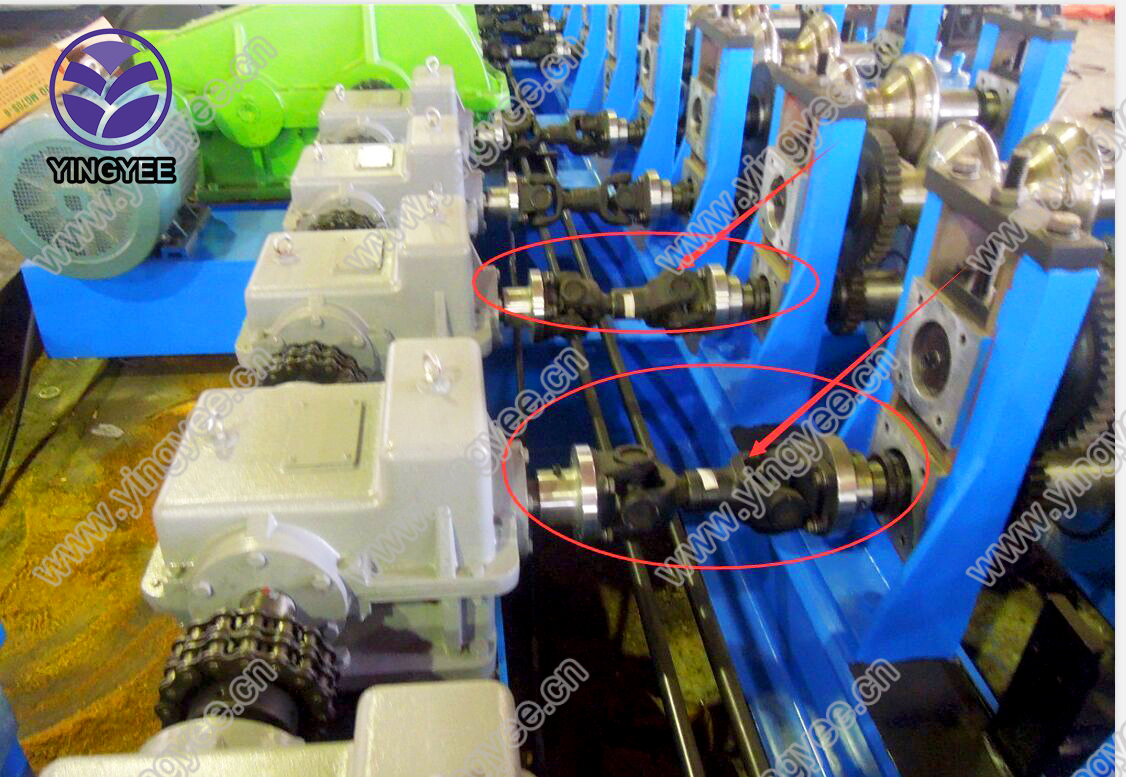
The Importance of C Channel and Wall Angle Frame Roll Forming Machinery in Drywall Construction
In the modern construction industry, precision and efficiency are paramount, particularly in drywall installation. One of the critical components that facilitate this process is the roll forming machinery used to create C channels and wall angle frames. These elements provide the structural support necessary for drywall assemblies, enabling builders to achieve a strong and durable finish.
Understanding C Channel and Wall Angle Frames
C channels are structural components shaped like the letter C, providing robust support for various constructions. They are typically used in the framing of walls, ceilings, and even roofs. Wall angle frames, on the other hand, are crucial for securing drywall panels to the wall, ensuring a clean and finished look. Both components are essential in creating the framework that will hold the drywall, which is pivotal in constructing modern interiors.
The Role of Roll Forming Machinery
Roll forming machinery is designed to produce these important metal components with high efficiency and accuracy. The machinery works by feeding flat strips of metal through a series of rollers, which shape the metal into the desired profile—such as C channels or wall angles. This process allows for the mass production of uniform components that meet exacting specifications, thereby reducing waste and minimizing labor costs.

The benefits of using roll forming machinery in drywall construction are manifold. Firstly, it enables manufacturers to produce components at a rapid pace, which is crucial in meeting tight project deadlines. Secondly, the equipment can often handle a variety of materials, including steel and aluminum, making it versatile for different construction needs. Moreover, the automation involved greatly reduces the risk of human error, ensuring that every part produced is of consistent quality.
Innovations in Roll Forming Technology
Recent developments in roll forming technology have further enhanced the capabilities of manufacturers. Modern machinery is equipped with advanced controls and software that allow for real-time monitoring and adjustments during the forming process. This level of precision is vital in ensuring that the C channels and wall angles meet industry standards and building codes.
Additionally, some roll forming machines offer the ability to create customized profiles, providing builders with tailored solutions for unique construction challenges. This innovation not only saves time but also expands the design possibilities within drywall installations.
Conclusion
In conclusion, the integration of C channel and wall angle frame roll forming machinery into drywall construction represents a significant advancement in the industry. These components, essential for a sturdy and aesthetic finish, rely on the efficiency and precision provided by modern roll forming techniques. As the construction industry continues to evolve, embracing new technologies will undoubtedly lead to even more innovative and effective methods for building high-quality structures. Investing in such machinery is not just a cost-effective choice, but also a strategic move towards enhancing the overall quality and performance of drywall installations.